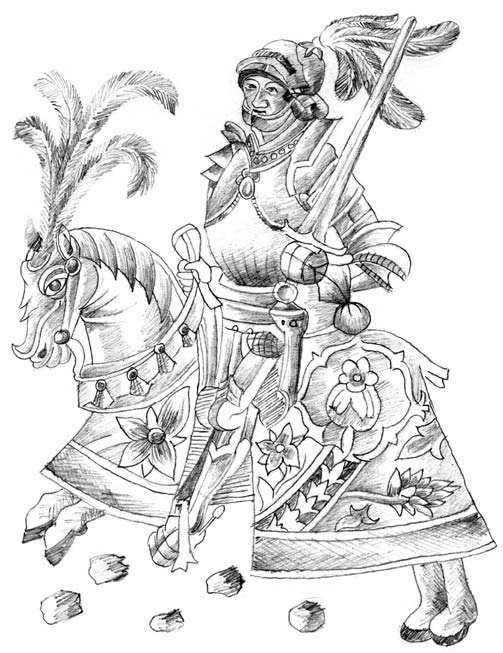 The Norman Conquest of England in 1066 had a far-reaching effect on the English language. After the Conquest, English remained the language of the country but Norman French became the language of the government, church and law courts. As a result a lot of French words were assimilated into the English language. Legal terms such as plaintiff, privilege and defendant; religious terms such as grace, service and miracle; and many other terms used in day-to-day life such as lamp, basin, castle and tower came into the language. The English language was immensely enriched by the absorption of these words. In the middle of the fourteenth century, many French words that had been used only by the upper classes became an integral part of the English language.
The Norman Conquest of England in 1066 had a far-reaching effect on the English language. After the Conquest, English remained the language of the country but Norman French became the language of the government, church and law courts. As a result a lot of French words were assimilated into the English language. Legal terms such as plaintiff, privilege and defendant; religious terms such as grace, service and miracle; and many other terms used in day-to-day life such as lamp, basin, castle and tower came into the language. The English language was immensely enriched by the absorption of these words. In the middle of the fourteenth century, many French words that had been used only by the upper classes became an integral part of the English language.Geoffrey Chaucer (1342-1400), symbolizes the Middle Ages. Some of his prominent works are The Legend of Good Women, Troilus and Criseyde and The Canterbury Tales. A number of French words are found in Chaucer’s vocabulary. Chaucer uses the French method of regular metre and end-rhymes. As some pilgrims make their way from Southwark to Canterbury, each of them tell a tale to pass the time. The stories are as diverse as the narrators.
A good wife was there of biside bathe,
But she was somedeel deef, and that was scathe.
Of cloth-making she hadde swich an haunt,
She passed hem of Ypres and of Gaunt.
In all the parish wife ne was there noon
That to the offring before hir shold goon-
And if there did, certain so wroth was she
That she was out of alle charitee.
(The Canterbury Tales)
